I’ve got work featured in this new publication Generation ’74, which profiles 11 European Photographers born in 1974. It is officially launching this weekend at the Vilnius International Book Fair.
Photographers: Simon Roberts (UK), Nick Hannes (Belgium), Kirill Golovchenko (Ukraine/Germany), Przemyslaw Pokrycki (Poland), Tomáš Pospěch (Czech Republic), Mindaugas Kavaliauskas (Lithuania), Vitus Saloshanka (Belarus/Germany), Gintaras Česonis (Lithuania), Borut Peterlin (Slovenia), Pekka Niittyvirta (Finland), Davide Monteleone (Italy).
From the publisher: Introductory texts of the book lead the reader from the idea of the joint project of the 74-ers generation in European photography to revealing their similarities, differences and unique features. Every photographer’s work is presented in slots of 10 to 12 pages that start with a picture of childhood. The sequencing of photographers in the book is based on their birth date in 1974. The book ends with questions by Irina Chmyreva and every photographers’ answers to them which help reveal individual roads photography through the labyrinths of the time rich in transformations.
Order the book here.
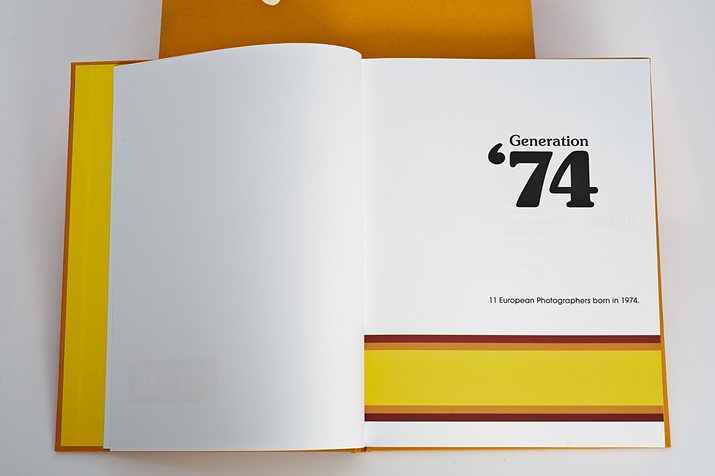
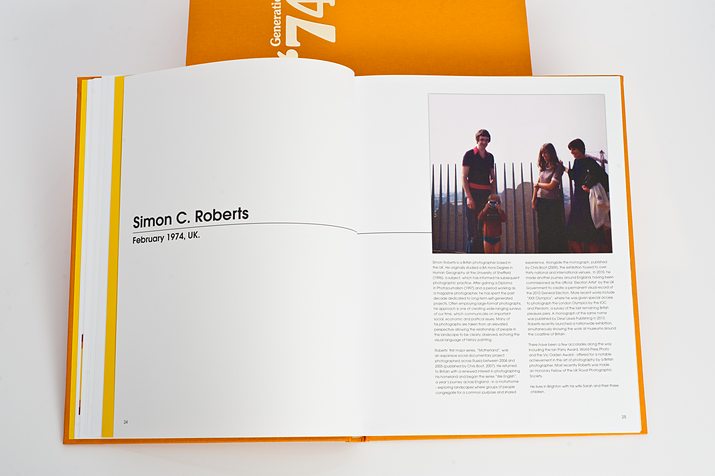
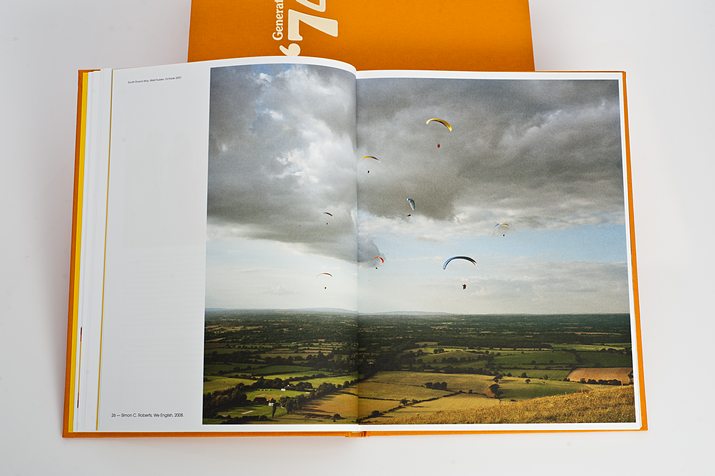
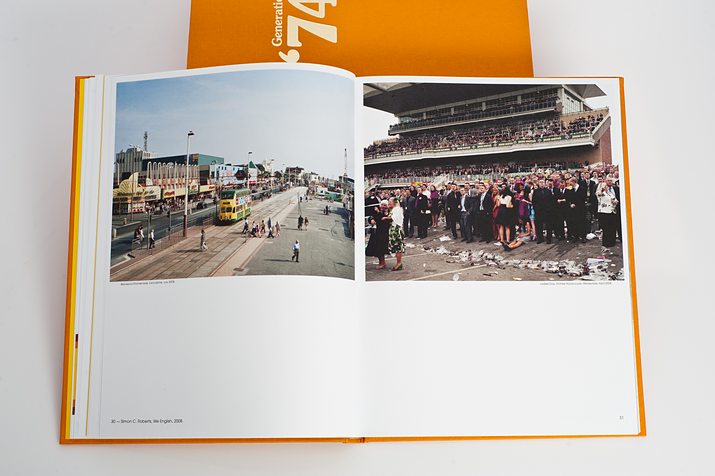
Editors Ángel Luis González (Spain/Ireland), Irina Chmyreva (Russia). Assistant editor Claudi Nir (Germany)
Design and layout Ángel Luis González
Texts: Mindaugas Kavaliauskas (Lithuania), Irina Chmyreva (Russia)
Print run 500
First Edition 2015
ISBN 978-609-8032-10-9
UDK 77.04(4)(084)
Ge223
168 pages, Hardcover
Dimensions: 30,7 cm (height) x 24 cm (width) x 2,4 cm (spine depth)
Weight 1200 g.
Published by Kaunas Photo festival
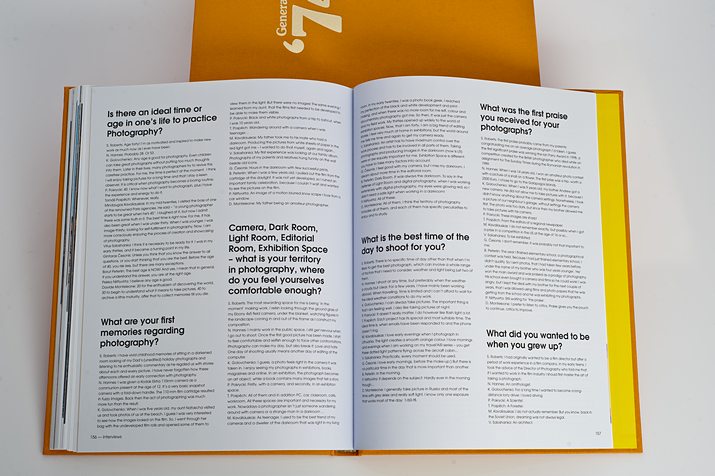
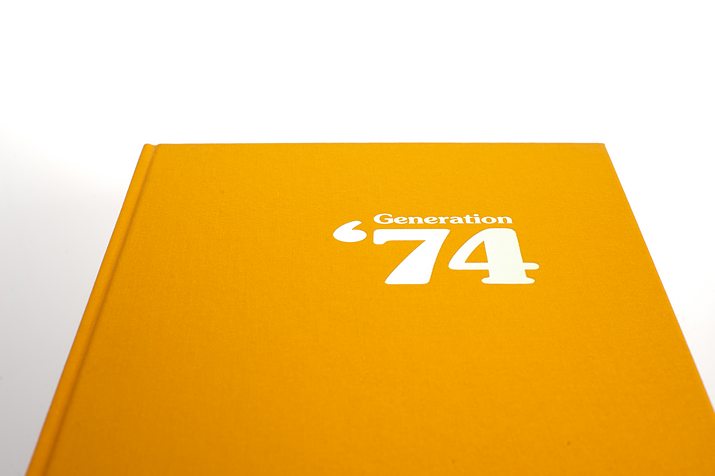
We English by Simon Roberts, “Banal Nationalism” in Landscape? is a journal article by Karine Chambefort-Kay, Université Paris-Est Créteil, from the new issue of Journée d’études, entitled “The American and British Nations in Contemporary Landscape Photography” (December 2014)
Abstract
This paper studies the case of a landscape photography project by British photographer Simon Roberts: We English—the project comprising the book published by Chris Boot in 2009, exhibitions of the large format prints of the photographs, and the artist’s dedicated website with a blog and forum for the public to propose subjects. We address the question of English national identity in Simon Roberts’s photos through the concept of “banal nationalism” coined in 1995 by Michel Billig. The first part draws on Billig’s thesis that the nation is “flagged” in the most banal everyday environment and activities, and discusses whether Simon Roberts’s documentary photographs evidence such subliminal national “flagging”. The second part shows the limits of the concept of “banal nationalism” when studying We English because of the complex, collaborative and reflexive nature of the project. By revealing how personal and intertextual references inform both the photographer’s and the viewer’s perception, the artist documents the dialectical process and negotiations at work in national identification. The third part contends that this dynamic approach of Englishness allows Roberts to propose his own re-imagining of the homeland.
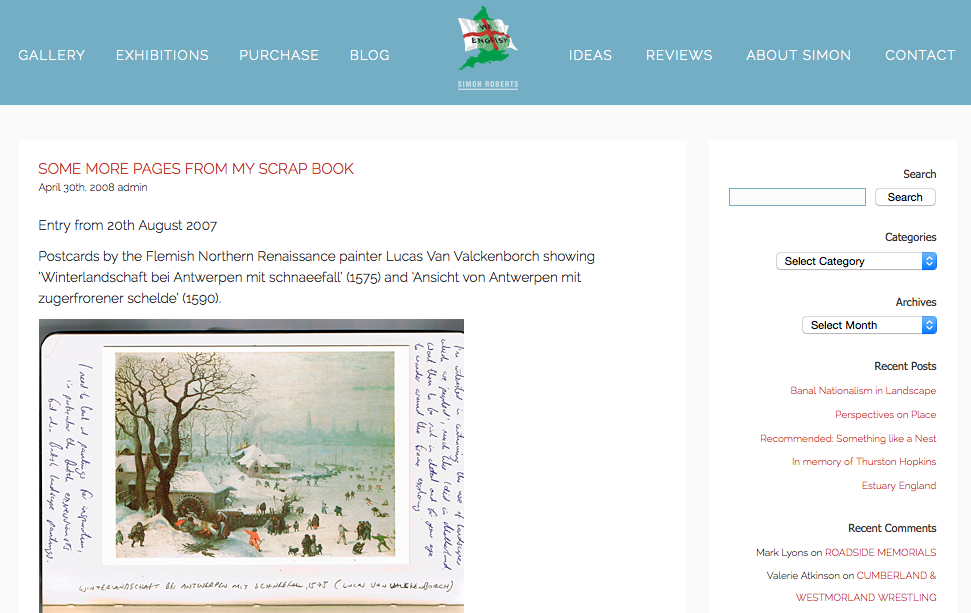
On writing about my working practice for the project, Chambefort-Kay comments:
“A vast framework of references is the backbone of the whole project, and it is made visible through various devices. Simon Roberts opts for transparency on the genealogy of his pictures and on his authorial choices. He questions himself and his audience on the cultural filters and the modes of perception that inform their understanding of landscape. Therefore it is crucial to take into account the whole project, that is, to include both the blog and the pictures in our analysis to appreciate the full scope and impact of We English. Beyond merely documenting the English outdoors, Simon Roberts reveals the different ways in which people connect with the landscape both in nature and in pictures. He offers an insight into the mechanisms through which the national community is constantly re-created in landscape, showing that everything is negotiated individually and collectively.”
And in conclusion, writes:
“We English offers a renewed vision of England. New forms of cohesion and belonging are evidenced, but they are not exclusively found in urban areas. Simon Roberts does not reject the national frame, but reinvents it, by revealing the interactions and relations involved in national identification. The photographs of We English and the whole project actually display the openness of conviviality, which “makes a nonsense of closed, fixed and reified identity and turns attention toward the always unpredictable mechanisms of identification” (Gilroy, 2005, xvi). The nation is re-imagined through a new, dynamic, open vision of England.”
You can download a pdf of the full article here.
Chambefort-Kay recently completed a PhD entitled “Ecritures photographiques des identités collectives, Grande-Bretagne, 1990-2010”, which deals with many British photographers and exhibitions from the period and includes some chapters about We English and The Election Project.
Image: Outtake for my print ‘Ladies Day, Aintree, Merseyside, 2008’ from We English
Here is an interview I did recently with Joshua Dudley Greer for his series Outtakes.
Outtakes is a series of interviews with contemporary photographers who have been asked to share alternate versions of some of their most meaningful, successful and celebrated images. By looking at these outtakes along with the final image and by hearing from the artist directly, we hope to examine the different working methods and criteria that photographers regularly employ in an effort to push past the romanticism of the singular, iconic image and learn more about the way photographs are really made.
I recently did an interview for Photofusion talking about my practice and role as patron of the organisation. You can view it here: https://vimeo.com/95971786
I’m included in the current issue of Professional Photographer magazine’s 100 Photography Heroes.
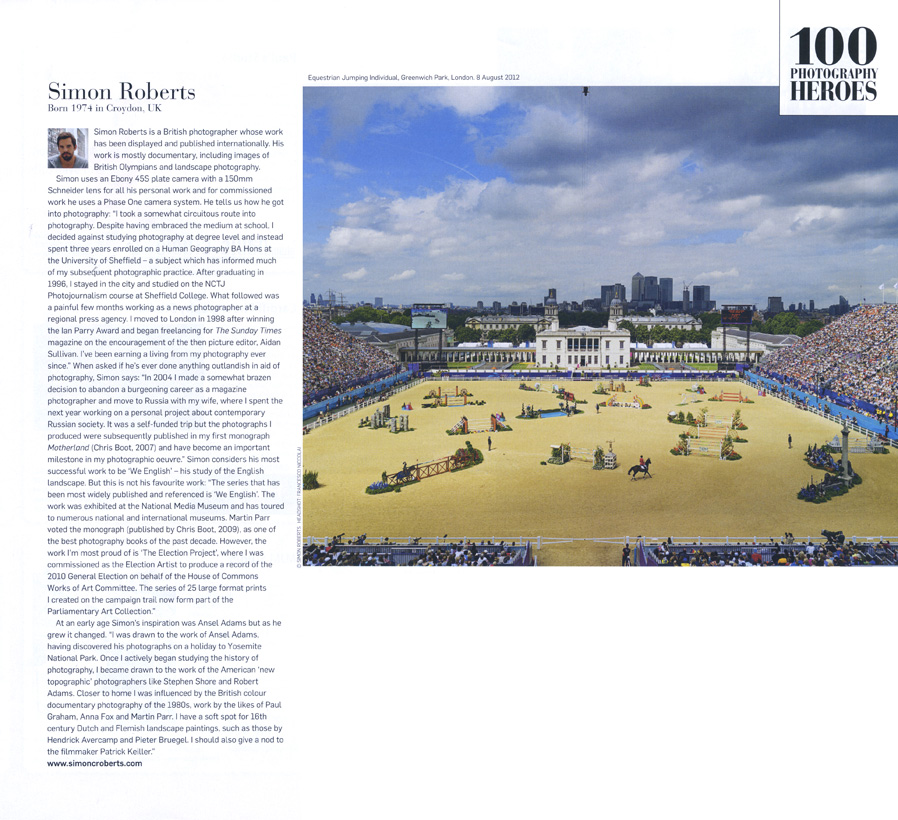
An interview by Sarah Phillips in The Guardian where I discuss my best shot. Read the interview online here.
The print can currently be seen exhibited in Landmark: The Fields of Photography, at Somerset House, London WC2, until 28 April.
An interview I did for the new issue of The Nation magazine, where I discuss my favourite photograph taken from my project, Motherland.
View/ read the interview (published in Russian) online here.
This week I was interviewed along with artist Nicola Green for BBC Radio 4″s Front Row arts programme. The feature was exploring “what does an artist see in an election campaign?”
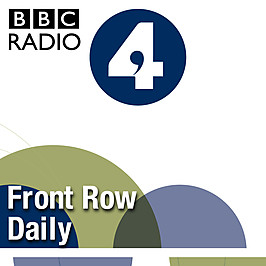
Nicola Green was discussing her role as an artist in resident during Barack Obama”s 2008 presidential campaign, while I was asked about my official Election Artist for the UK”s 2010 General Election. We discussed our experiences of following politicians on the campaign trail.
You can hear the interview online here or download an mp3 file (5mb) here.
Green”s series, “In Seven Days…” is currently on show at the in Liverpool, whilst you can see my Election Project series in Parliament by contacting the Curator”s office at the Palace of Westminster.
Image: Polling station, Goodman Park, Slough, 6th May 2010 © Simon Roberts from The Election Project
In the build up to 20 October, MAKE THE MARCH will be sharing protest material that people are making for the rally.
Make The March is an independent project set up to support the March For A Future That Workson 20 October 2012. The march is a major mobilisation of trade unions, community groups and individuals, all concerned about the dead end of austerity that our government are leading us down. The march, along with a rally in Hyde Park, is being organised by the TUC, and you can find out more about the march at the TUC’s official website for the day: AFutureThatWorks.org
You can read a short article I’ve written about photography and protests here.

Made something great? A placard, a banner, a video? Upload it here and share it with everyone! Need some inspiration? Have a look at what others are making… and then tweet and share the ones you like.
Cutting, witty and often darkly beautiful. The anti-cuts protests have at times been staggeringly creative. Clegg as a naked Cameron’s fig leaf (*shudder*), the campaign of TEA CUPS AGAINST KETTLING, Claire Rayner’s beyond-the-grave promises to protect the NHS…
We know people will again be making great stuff for October 20. This site is a way for as many people as possible to see the banners, placards and costumes.
It’s a chance to cut through mainstream media to show material off. And explain how and why it’s been put together.
We hope the project will inspire more people to make things, and to come on the rally. Don’t worry if the last time you did art involved crayons. Or if all you’ve got to hand are a biro and a postcard. Just have a go, and share what you come up with!
We’re also interested in any pics and videos showing how you’re making things. Whether you’re in a workshop or stenciling on the kitchen floor, it would be great to see you as well as your works of art.
Finally, there is a little sweetener. We’ve five £100 prizes for our favourite placards and online graphics. Cash will go to individuals or protest groups and could help make more great anti-cuts material.
See you on the Embankment on 20 October!
An interview I did with Lars Boering during De Donkere Kamer #12 at Pakhuis de Zwijger in Amsterdam, where I discuss my practice, projects and books. September 17, 2012.